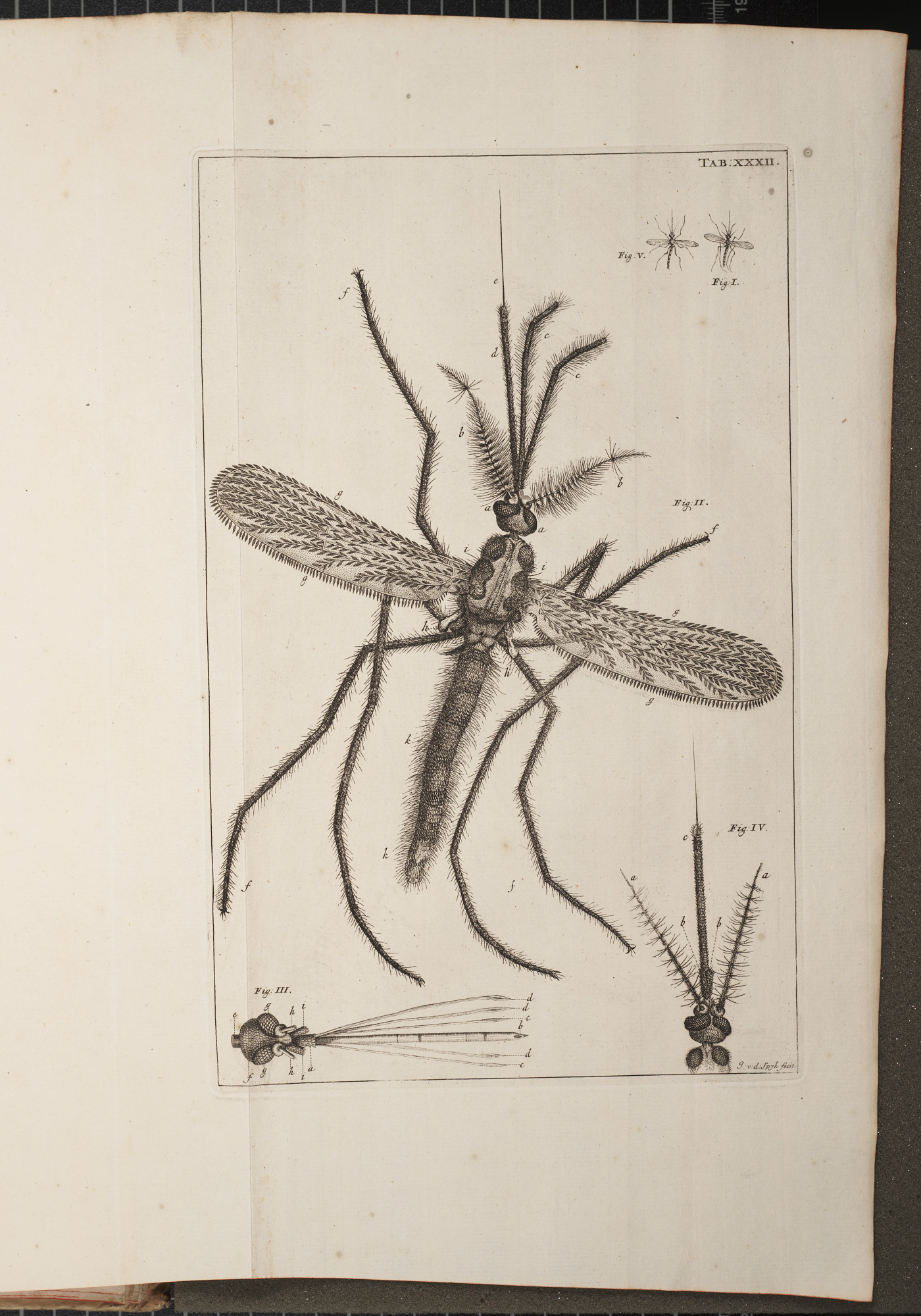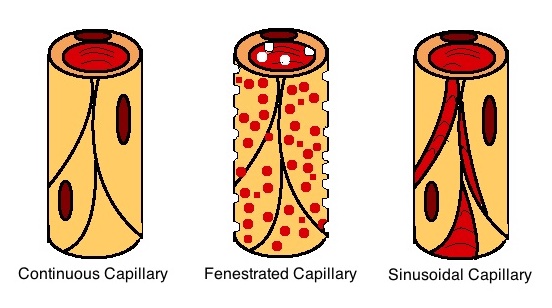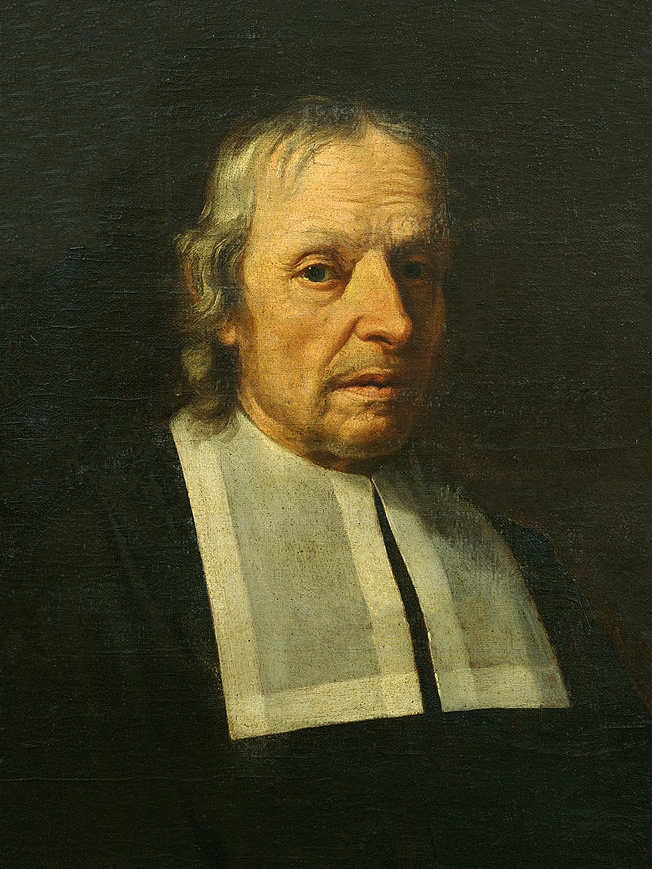|
Malpighi
Marcello Malpighi (10 March 1628 – 30 November 1694) was an Italian biologist and physician, who is referred to as the "founder of microscopical anatomy, histology and father of physiology and embryology". Malpighi's name is borne by several physiological features related to the biological excretory system, such as the Malpighian corpuscles and Malpighian pyramids of the kidneys and the Malpighian tubule system of insects. The splenic lymphoid nodules are often called the "Malpighian bodies of the spleen" or Malpighian corpuscles. The botanical family Malpighiaceae is also named after him. He was the first person to see capillaries in animals, and he discovered the link between arteries and veins that had eluded William Harvey. Malpighi was one of the earliest people to observe red blood cells under a microscope, after Jan Swammerdam. His treatise ''De polypo cordis'' (1666) was important for understanding blood composition, as well as how blood clots. In it, Malpighi descri ... [...More Info...] [...Related Items...] OR: [Wikipedia] [Google] [Baidu] |
Malpighiaceae
Malpighiaceae is a family of flowering plants in the order Malpighiales. It comprises about 73 genera and 1315 species, all of which are native to the tropics and subtropics. About 80% of the genera and 90% of the species occur in the New World (the Caribbean and the southernmost United States to Argentina) and the rest in the Old World (Africa, Madagascar, and Indomalaya to New Caledonia and the Philippines). One useful species in the family is '' Malpighia emarginata'', often called acerola. The fruit is consumed in areas where the plant is native. The plant is cultivated elsewhere for the fruit, which is rich in vitamin C. Another member of the family, caapi or yagé (''Banisteriopsis caapi''), is used in the entheogenic brew known as ayahuasca. One feature found in several members of this family, and rarely in others, is providing pollinators with rewards other than pollen or nectar; this is commonly in the form of nutrient oils (resins are offered by Clusiaceae The Clusi ... [...More Info...] [...Related Items...] OR: [Wikipedia] [Google] [Baidu] |
Malpighian Tubule System
The Malpighian tubule system is a type of excretory and osmoregulatory system found in some insects, myriapods, arachnids and tardigrades. It has also been described in some crustacean species, and is likely the same organ as the posterior caeca which has been described in crustaceans. The system consists of branching tubules extending from the alimentary canal that absorbs solutes, water, and wastes from the surrounding hemolymph. The wastes then are released from the organism in the form of solid nitrogenous compounds and calcium oxalate. The system is named after Marcello Malpighi, a seventeenth-century anatomist. Structure Malpighian tubules are slender tubes normally found in the posterior regions of arthropod alimentary canals. Each tubule consists of a single layer of cells that is closed off at the distal end with the proximal end joining the alimentary canal at the junction between the midgut and hindgut. Most tubules are normally highly convoluted. The number o ... [...More Info...] [...Related Items...] OR: [Wikipedia] [Google] [Baidu] |
Histology
Histology, also known as microscopic anatomy or microanatomy, is the branch of biology that studies the microscopic anatomy of biological tissue (biology), tissues. Histology is the microscopic counterpart to gross anatomy, which looks at larger structures visible without a microscope. Although one may divide microscopic anatomy into ''organology'', the study of organs, ''histology'', the study of tissues, and ''cytology'', the study of cell (biology), cells, modern usage places all of these topics under the field of histology. In medicine, histopathology is the branch of histology that includes the microscopic identification and study of diseased tissue. In the field of paleontology, the term paleohistology refers to the histology of fossil organisms. Biological tissues Animal tissue classification There are four basic types of animal tissues: muscle tissue, nervous tissue, connective tissue, and epithelial tissue. All animal tissues are considered to be subtypes of these ... [...More Info...] [...Related Items...] OR: [Wikipedia] [Google] [Baidu] |
Giovanni Alfonso Borelli
Giovanni Alfonso Borelli (; 28 January 1608 – 31 December 1679) was a Renaissance Italy, Italian physiologist, physicist, and mathematician who is often described as the father of biomechanics. He contributed to the modern principle of scientific investigation by continuing Galileo Galilei, Galileo's practice of testing hypotheses against observation. Trained in mathematics, Borelli also made extensive studies of Jupiter's moons, the mechanics of animal locomotion and, in microscopy, of the constituents of blood. He also used microscopy to investigate the stomatal movement of plants, and undertook studies in medicine and geology. During his career, he enjoyed the patronage of Queen Christina of Sweden. He was the first scientist to explain that animal and human bodily movements are caused by muscular contractions. Biography Giovanni Borelli was born on 28 January 1608 in the district of Castel Nuovo, in Naples. He was the first-born son of Spanish infantryman Miguel Alfonso and ... [...More Info...] [...Related Items...] OR: [Wikipedia] [Google] [Baidu] |
University Of Bologna
The University of Bologna (, abbreviated Unibo) is a Public university, public research university in Bologna, Italy. Teaching began around 1088, with the university becoming organised as guilds of students () by the late 12th century. It is the List of oldest universities in continuous operation, oldest university in continuous operation in the world, and the first degree-awarding institution of higher learning.Hunt Janin: "The university in medieval life, 1179–1499", McFarland, 2008, , p. 55f.de Ridder-Symoens, Hilde''A History of the University in Europe: Volume 1, Universities in the Middle Ages'' Cambridge University Press, 1992, , pp. 47–55 The university's emblem carries the motto, ''Alma Mater Studiorum'' ("Nourishing mother of studies"), and the date ''A.D. 1088''. With over 90,000 students, the University of Bologna is one of the List of largest universities by enrollment, largest universities in Europe. The university saw the first woman to earn a university degree ... [...More Info...] [...Related Items...] OR: [Wikipedia] [Google] [Baidu] |
Insects
Insects (from Latin ') are hexapod invertebrates of the class Insecta. They are the largest group within the arthropod phylum. Insects have a chitinous exoskeleton, a three-part body (head, thorax and abdomen), three pairs of jointed legs, compound eyes, and a pair of antennae. Insects are the most diverse group of animals, with more than a million described species; they represent more than half of all animal species. The insect nervous system consists of a brain and a ventral nerve cord. Most insects reproduce by laying eggs. Insects breathe air through a system of paired openings along their sides, connected to small tubes that take air directly to the tissues. The blood therefore does not carry oxygen; it is only partly contained in vessels, and some circulates in an open hemocoel. Insect vision is mainly through their compound eyes, with additional small ocelli. Many insects can hear, using tympanal organs, which may be on the legs or other parts of the b ... [...More Info...] [...Related Items...] OR: [Wikipedia] [Google] [Baidu] |
Renal Corpuscles
A renal corpuscle (or Malpighian body) is the blood-filtering component of the nephron of the kidney. It consists of a glomerulus - a tuft of capillaries composed of endothelial cells - and a glomerular capsule known as Bowman's capsule. Structure The renal corpuscle is composed of two structures, the glomerulus and the Bowman's capsule. The glomerulus is a small tuft of capillaries containing two cell types. Endothelial cells, which have large fenestrae, are not covered by diaphragms. Mesangial cells are modified smooth muscle cells that lie between the capillaries. They regulate blood flow by their contractile activity and secrete extracellular matrix, prostaglandins, and cytokines. Mesangial cells also have phagocytic activity, removing proteins and other molecules trapped in the glomerular basement membrane or filtration barrier. The Bowman's capsule has an outer parietal layer composed of simple squamous epithelium. The visceral layer, composed of modified simple s ... [...More Info...] [...Related Items...] OR: [Wikipedia] [Google] [Baidu] |
Jan Swammerdam
Jan or Johannes Swammerdam (February 12, 1637 – February 17, 1680) was a Dutch biologist and microscopist. His work on insects demonstrated that the various phases during the life of an insect—Egg (biology), egg, larva, pupa, and adult—are different forms of the same animal. As part of his anatomical research, he carried out experiments on muscle contraction. In 1658, he was the first to observe and describe red blood cells. He was one of the first people to use the microscope in dissections, and his techniques remained useful for hundreds of years. Education Johannes Swammerdam was baptized on 15 February 1637 in the Oude Kerk (Amsterdam), Oude Kerk Amsterdam. His father Jan (or Johannes) Jacobsz (-1678) was an apothecary and an amateur collector of minerals, coins, fossils, and insects from around the world. In 1632 he married Baartje Jans (-1660) in Weesp. The couple lived across the Montelbaanstoren, near the harbour, the headquarter and the warehouses of the Du ... [...More Info...] [...Related Items...] OR: [Wikipedia] [Google] [Baidu] |
Renal Pyramids
The renal medulla (Latin: ''medulla renis'' 'marrow of the kidney') is the innermost part of the kidney. The renal medulla is split up into a number of sections, known as the renal pyramids. Blood enters into the kidney via the renal artery, which then splits up to form the segmental arteries which then branch to form interlobar arteries. The interlobar arteries each in turn branch into arcuate arteries, which in turn branch to form interlobular arteries, and these finally reach the glomeruli. At the glomerulus the blood reaches a highly disfavourable pressure gradient and a large exchange surface area, which forces the serum portion of the blood out of the vessel and into the renal tubules. Flow continues through the renal tubules, including the proximal tubule, the loop of Henle, through the distal tubule and finally leaves the kidney by means of the collecting duct, leading to the renal pelvis, the dilated portion of the ureter. The renal medulla contains the structures of t ... [...More Info...] [...Related Items...] OR: [Wikipedia] [Google] [Baidu] |
Capillaries
A capillary is a small blood vessel, from 5 to 10 micrometres in diameter, and is part of the microcirculation system. Capillaries are microvessels and the smallest blood vessels in the body. They are composed of only the tunica intima (the innermost layer of an artery or vein), consisting of a thin wall of simple squamous endothelial cells. They are the site of the exchange of many substances from the surrounding interstitial fluid, and they convey blood from the smallest branches of the arteries (arterioles) to those of the veins (venules). Other substances which cross capillaries include water, oxygen, carbon dioxide, urea, glucose, uric acid, lactic acid and creatinine. Lymph capillaries connect with larger lymph vessels to drain lymphatic fluid collected in microcirculation. Etymology ''Capillary'' comes from the Latin word , meaning "of or resembling hair", with use in English beginning in the mid-17th century. The meaning stems from the tiny, hairlike diameter of a ... [...More Info...] [...Related Items...] OR: [Wikipedia] [Google] [Baidu] |
University Of Messina
The University of Messina (; Latin: ''Studiorum Universitas Messanae''), known colloquially as UniME, is a state university located in Messina, Sicily, Italy. Founded in 1548 by Pope Paul III, it was the world's first Jesuit college, and today it is counted among the oldest universities in Italy. It is organized in 12 departments offering more than 80 Graduate and Undergraduate Degrees, over 20 Master's Degrees and 13 PhD Programmes. Among them, 7 are English-taught. The University counts more than 23.000 students distributed in the 4 campus facilities spread across the city. Over the centuries the University of Messina has been a centre of attraction for esteemed scholars and historical figures, such as Giovanni Pascoli, Marcello Malpighi, Gaetano Salvemini and Vittorio Emanuele Orlando. Organization The university comprises 12 departments: * Department of Ancient and Modern Civilizations * Department of Economics * Department of Law * Department of Engineering * Department o ... [...More Info...] [...Related Items...] OR: [Wikipedia] [Google] [Baidu] |
Carlo Cignani
Carlo Cignani (; 15 May 1628 – 8 September 1719) was an Italian painter. His innovative style referred to as his 'new manner' introduced a reflective, intimate mood of painting and presaged the later pictures of Guido Reni and Guercino, as well as those of Simone Cantarini. This gentle manner marked a break with the more energetic style of earlier Bolognese classicism of the Bolognese School (painting), Bolognese School of painting. Life He was born to a family of noble ancestry, but limited resources, in Bologna. His father's first name was Pompeo, and his mother, Maddalena Quaini. In Bologna, he studied first under Battista Cairo and later under Francesco Albani, to whom he remained closely allied, and was his most famous disciple. His first noted commission was a ''St Paul exorcising demon'' for the church of the Gesu in Bologna. For a hall dedicated to the Farnese in the Palazzo Publico, he painted with Emilio Taruffi, Taruffi, depicting the ''Francis, king of France, curing ... [...More Info...] [...Related Items...] OR: [Wikipedia] [Google] [Baidu] |









